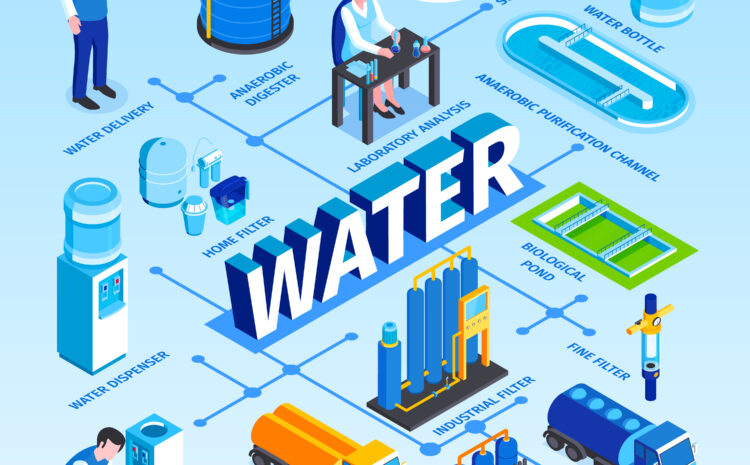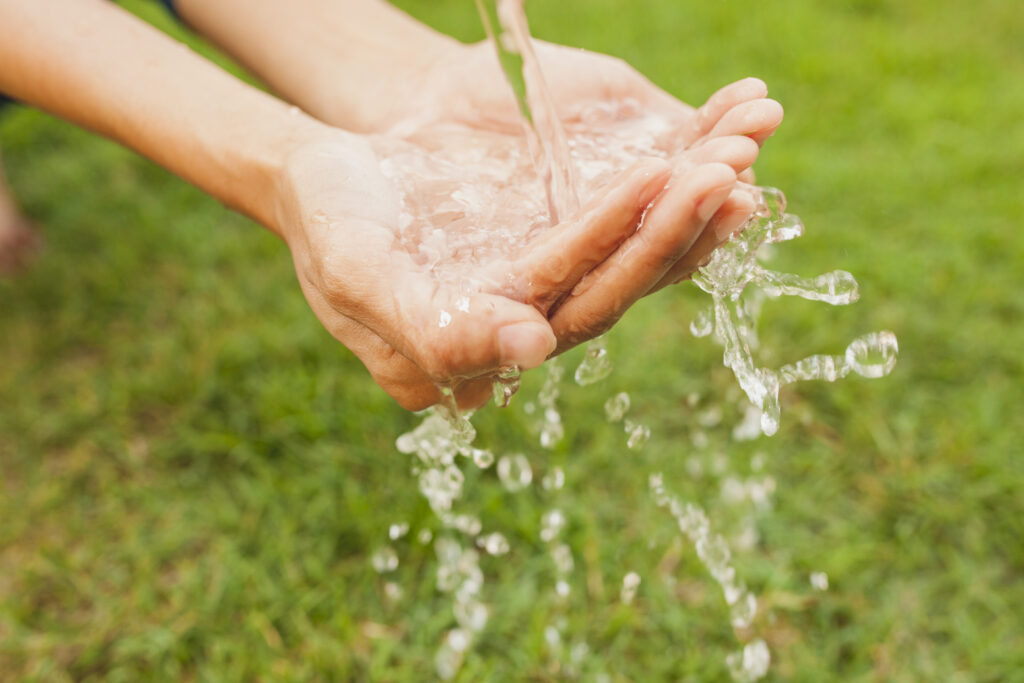
What Are The 5 Stages of Water Treatment?
what are the 5 stages of water treatment? Water purification determines the safety of drinking water. To ensure safe drinking water, water must be tested according to government guidelines. For water to be properly purified and have a positive impact on the community, it is imperative to meet these standards. The availability of safe drinking water is essential to the health and safety of a community. Thus, it is imperative to understand the five stages of water treatment.
WATER TREATMENT IN 7 STAGES
The screening process
When water enters a water treatment plant, either from lakes, rivers, or the ground, it passes through a screening. Natural contaminants are kept out of the water by this screening. From wood to fish, these can be anything. As ground water is extracted from the ground, it already acts as a natural filter, so it does not need to be screened.
Coordination
Workers at the treatment plant add chemicals to the water to cause particles to form during the coagulation phase. Among the most common coagulants are aluminum sulfate and ferric sulfate. At a point of high turbulence, they are added to the water. As a result of these chemicals, sticky particles are formed that are known as flocs. Dirt particles are attracted to floc, which eventually sinks to the bottom of the storage tank.
The sedimentation process
Sediment is the floc and dirt that sinks to the bottom of the storage tank. During this process, sediment in the water and water flow into a sedimentation basin. Solids are more likely to settle in sedimentation tanks when the flow velocity is reduced. As with the other basins, the heavy floc particles settle to the bottom and remain there until they are collected.
The filtration process
After passing through a layer of gravel and sand (and sometimes charcoal), the water is purified. This process typically involves a gravel layer of about 1 foot depth and a sand layer of about 2.5 feet depth. Gravity filters are often used to remove floc, and pressure filters are sometimes used to maintain hydraulic head. After sedimentation, these filtration systems remove any remaining particles, such as turbidity and algae. A closed tank is then used to store the water.
Keeping things clean
To kill microorganisms and bacteria in the water, chlorine and other disinfectants are used in this tank. It keeps the water clean until it is distributed to the community. Water is delivered through pipes to homes and businesses. It remains in the tank until then in order to remain purified.
For primary water sources, groundwater may only require disinfection for treatment.

These five stages provide your community with clean drinking water.
The chlorination process
Disinfection is performed after sedimentation in order to eliminate any remaining pathogenic micro-organisms. Chlorine (the chemical used for disinfection) is most commonly used, either as a liquid (such as sodium hypochlorite, NaOCl), or as a gas. In addition to being relatively cheap, it is also easy to use. Over the course of a given contact time, chlorine reacts with any pollutants present in water, including microorganisms. Residual chlorine is what remains after this process. In the distribution system, this protects the water from microorganisms entering it until it reaches the consumers.
Treatment of supplementary nature
The population may benefit from supplemental treatment. Adding fluoride to water is one example of fluoridation. According to the World Health Organization, fluoridation of water supplies is the most effective public health measure to prevent dental decay. Fluoride levels in water should be around 1 mg per liter (1 mg l–1).
Also Read This : Caring For Construction More Experience